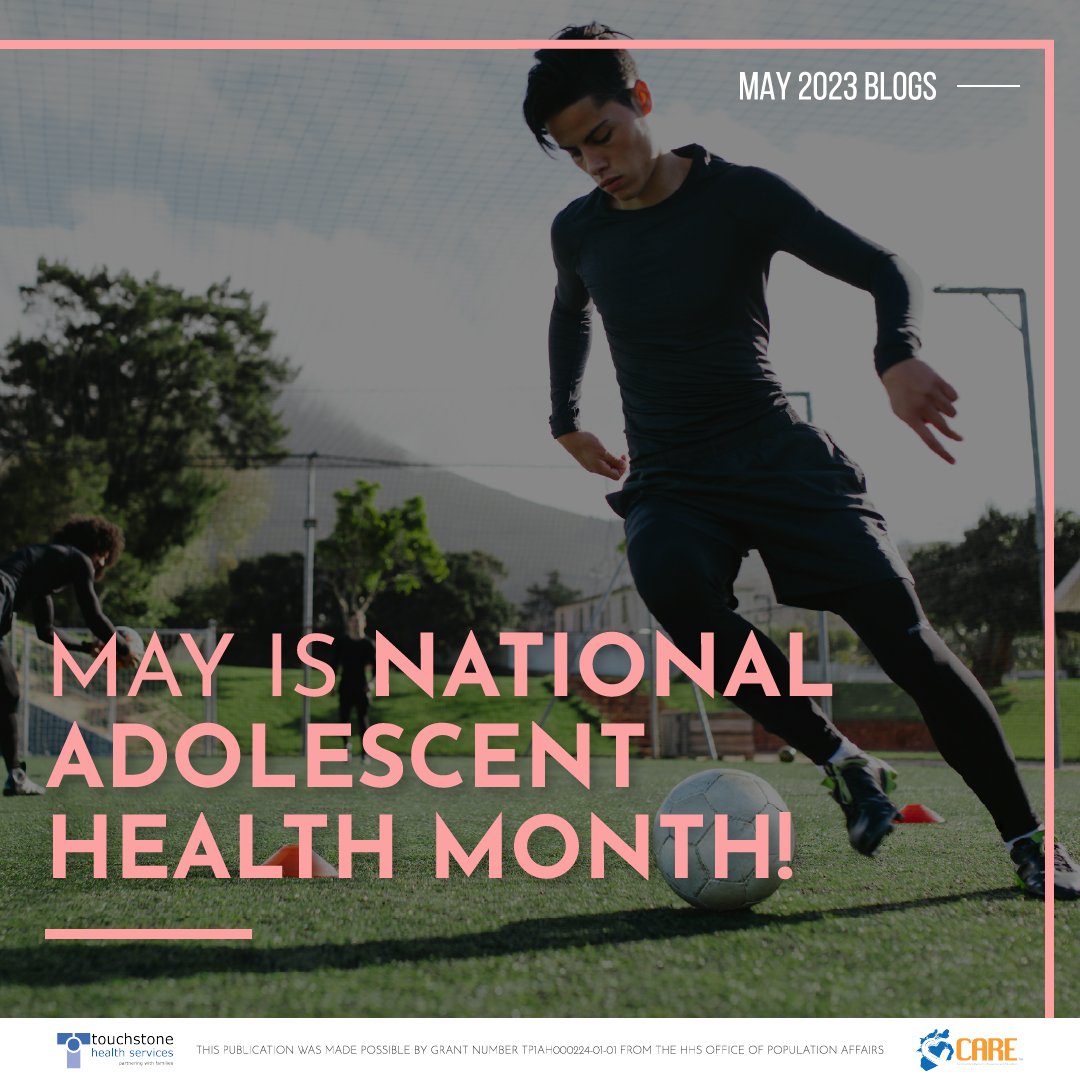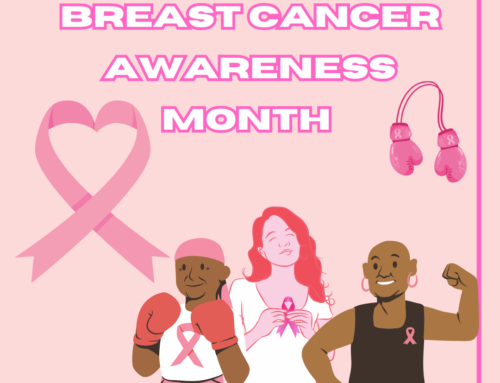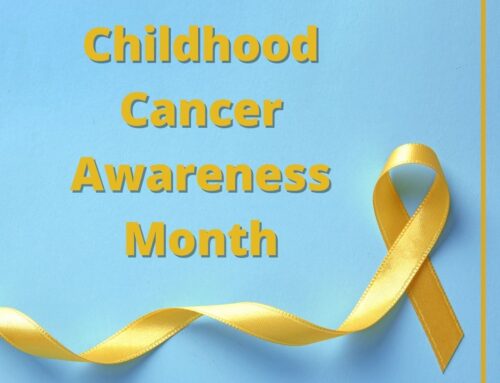May is National Adolescent Health Month!
Greeting readers!
Did you know that May is National Adolescent Health Month (NAHM)? You probably knew that because you are brilliant in every way! Plus, it was in the title … Anyway, this week’s blog is dedicated to explaining what adolescent health is, why it is important, how it is celebrated, and what YOU can do to promote the overall health of youth when it comes to their health. Before we dive in, here are this week’s affirmations:
What is adolescent health?
Adolescent health is a broad term that encompasses many aspects of health and well-being. Adolescence is the phase of life between childhood and adulthood, from ages 10 to 19. Increasing investments in adolescents’ health are being made because preventative measures starting at a young age will lead to better health. This goes for almost every topic, including sexual health, nutrition, substance use, mental health, physical activity, sleep, and more.
Why is it essential to invest in adolescent health?
Overall, behaviors started at a young age will more likely be carried throughout the rest of life. Some behaviors and situations could have life-threatening and costly outcomes, and unhealthy ones can become long-term risk factors for chronic conditions in adulthood.
Investing in adolescent health and well-being is beneficial because adolescents create healthier youth today, healthier adolescents become healthier adults, and healthier adults set the foundation for healthier future generations when they become parents, guardians, and caretakers.
How does the Office of Public Affairs celebrate National Adolescent Health Month?
Here’s how YOU can be a Prevention Partner:
Resources
- Office of Population Affairs Resources for National Adolescent Health Month: https://opa.hhs.gov/NAHM/resources
- Society for Adolescent Health and Medicine resources: https://www.adolescenthealth.org/Resources/Resources-for-Adolescents-and-Parents.aspx
- Got Transition: https://www.gottransition.org/youth-and-young-adults/
- Resources for Adolescent Health: https://www.cdc.gov/healthyyouth/education-materials/index.htm






